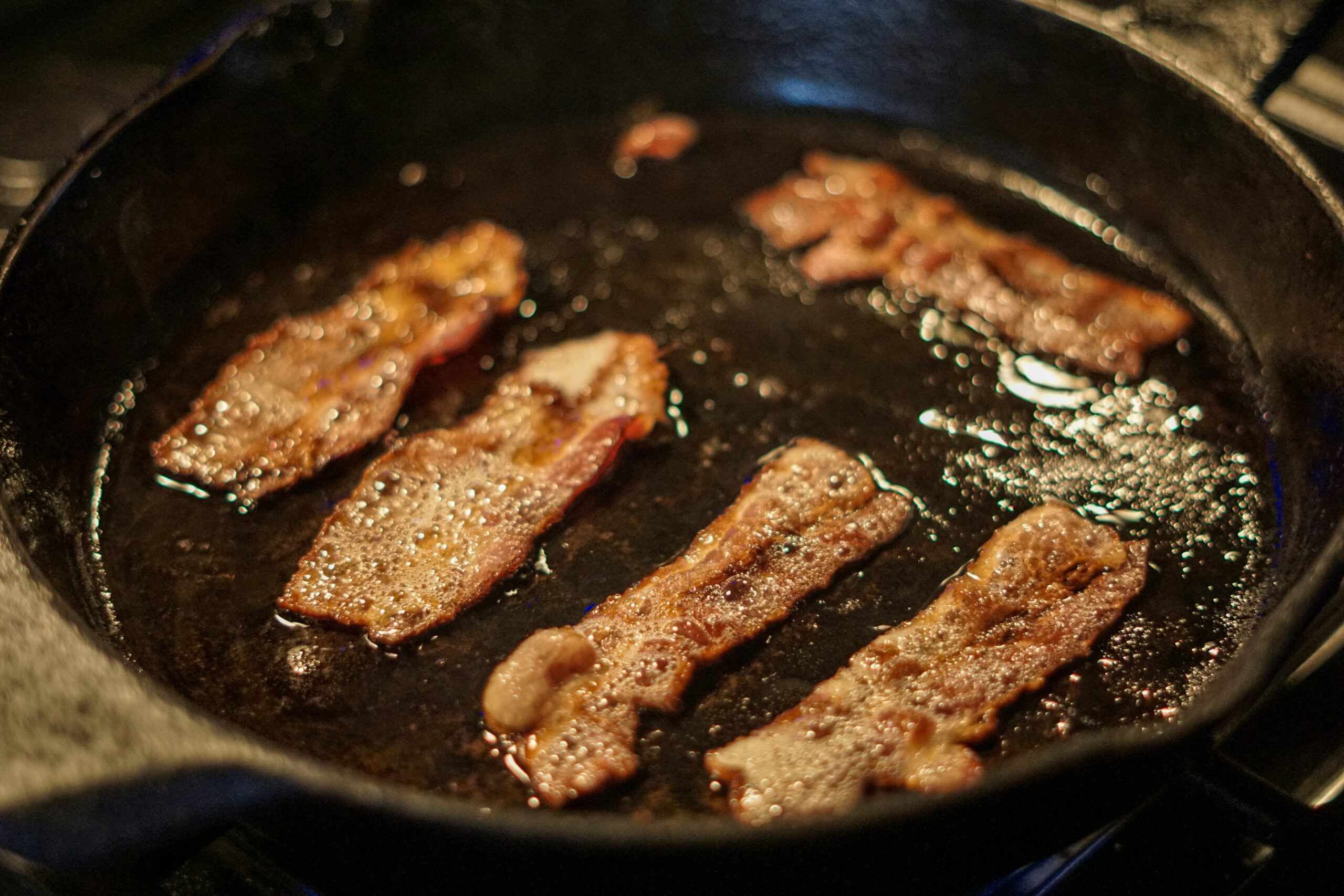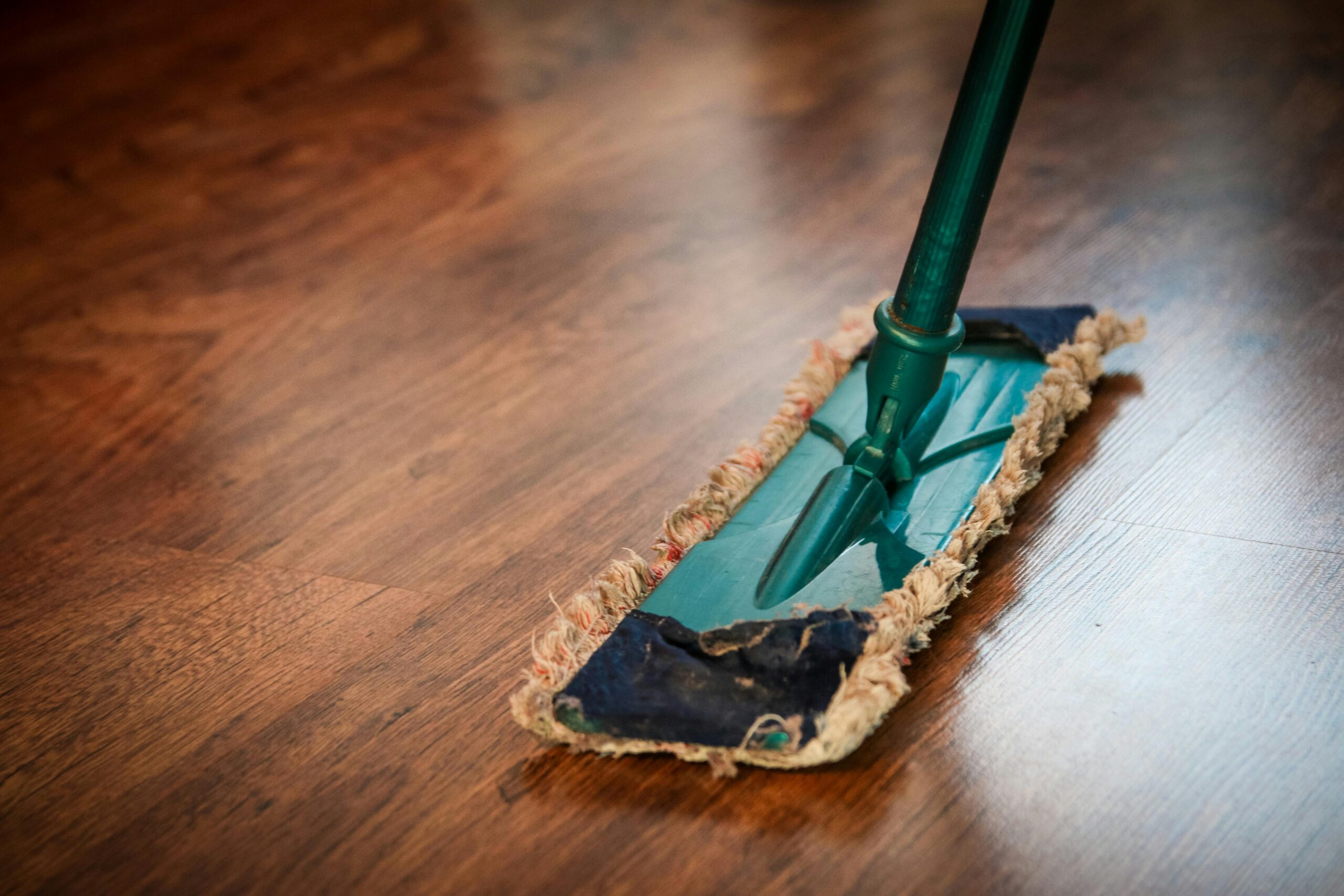Cleaning a cast iron skillet can seem daunting, especially if you’re new to cast iron cookware. However, with the right techniques and a bit of practice, maintaining your cast iron skillet becomes second nature. This guide covers everything you need to know about how to clean a cast iron skillet, from daily maintenance to dealing with rust and stubborn residues.
Why Choose Cast Iron?
Before delving into cleaning methods, it’s essential to understand why cast iron skillets are so revered. Cast iron skillets are prized for their heat retention and even heating, making them perfect for searing, frying, and baking. They are incredibly durable and can last for generations if properly maintained. Additionally, the non-stick surface that develops with seasoning allows for healthier cooking with less oil.
The Basics of How To Clean A Cast Iron Skillet
- Seasoning: This is the process of baking oil onto the skillet to create a non-stick surface and prevent rust. Proper seasoning is crucial for the skillet’s longevity.
- Cleaning: Regular cleaning after each use helps maintain the seasoning and prevents build-up of food residues.
- Storage: Proper storage ensures that the skillet remains rust-free and ready for use.
Daily Cleaning Routine
Step 1: Wipe Out Excess Food and Oil
After cooking, allow the skillet to cool slightly but not completely. While it is still warm, use a paper towel or cloth to wipe out any excess food and oil. This step helps remove the bulk of the residue, making the subsequent cleaning easier.
Step 2: Rinse with Hot Water
Rinse the skillet under hot water. The heat helps to loosen any remaining food particles. Use a brush or sponge to scrub the skillet. Avoid using soap as it can strip the seasoning.
Step 3: Scrubbing
If food particles are still stuck, use a non-abrasive scrubber or a chainmail scrubber specifically designed for cast iron. For particularly stubborn residues, sprinkle coarse kosher salt onto the skillet and scrub with a paper towel or cloth. The salt acts as a gentle abrasive.
Step 4: Drying
Thoroughly dry the skillet with a towel. Moisture is the enemy of cast iron and can lead to rusting. For extra assurance, place the skillet on the stove over low heat for a few minutes to evaporate any remaining moisture.
Step 5: Re-oiling
Once the skillet is completely dry, apply a thin layer of vegetable oil or another cooking oil of your choice to the surface. Use a paper towel to spread the oil evenly across the interior and exterior of the skillet. This step helps maintain the seasoning and provides a protective layer against rust.
Dealing with Stubborn Residue
Despite your best efforts, there may be times when food gets stuck on your skillet. Here’s how to handle more stubborn residues:
Boiling Water Method
- Fill the Skillet with Water: Pour enough water into the skillet to cover the stuck-on food.
- Boil: Place the skillet on the stove and bring the water to a boil. The boiling water will help to loosen the food particles.
- Scrape: Use a wooden spatula or scraper to gently dislodge the food.
- Dispose and Clean: Pour out the water and clean the skillet as usual.
Baking Soda Paste
- Create a Paste: Mix baking soda with a small amount of water to create a thick paste.
- Apply: Apply the paste to the stubborn residue.
- Scrub: Use a scrub brush or non-abrasive pad to scrub the area.
- Rinse and Dry: Rinse the skillet thoroughly and dry it completely.
Restoring a Rusty Skillet
Rust is the bane of cast iron cookware, but it doesn’t mean the end of your skillet. Follow these steps to restore a rusty cast iron skillet:
Step 1: Scrub the Rust
Use a steel wool pad to scrub away the rust. This process may take some time and elbow grease, but it’s essential to remove all the rust to restore the skillet properly.
Step 2: Wash
Once the rust is removed, wash the skillet with warm water and mild dish soap. This is one of the few times it’s acceptable to use soap on your cast iron. Rinse thoroughly.
Step 3: Dry and Heat
Dry the skillet thoroughly with a towel and then place it on the stove over medium heat to ensure it is completely dry.
Step 4: Re-season
After removing the rust, the skillet will need to be re-seasoned. Apply a thin layer of oil to the skillet, both inside and out. Place the skillet upside down in an oven preheated to 450°F (230°C). Bake for an hour. You may want to place a sheet of aluminum foil on a lower rack to catch any drips. Turn off the oven and allow the skillet to cool completely before removing it.
Deep Cleaning: When and How
Occasionally, your skillet may require a deeper clean to maintain its performance. This deep cleaning process can strip some of the seasoning, so it should be followed by re-seasoning.
Oven Cleaning Method
- Coat with Oven Cleaner: Spray the skillet with oven cleaner, ensuring it is well coated.
- Seal: Place the skillet in a plastic bag and seal it. Let it sit for a few hours or overnight.
- Scrub and Rinse: Wearing gloves, remove the skillet from the bag and scrub with steel wool. Rinse thoroughly with warm water.
- Re-season: Dry the skillet thoroughly and re-season as described above.
Self-Cleaning Oven Method
- Place in Oven: Place the skillet upside down in your oven’s self-cleaning cycle.
- Run Cycle: Run the self-cleaning cycle. This will strip all the seasoning and any build-up.
- Cool and Clean: Allow the skillet to cool in the oven. Once cool, remove any remaining debris with a brush.
- Re-season: Re-season the skillet as described above.
Storing Your Cast Iron Skillet
Proper storage is crucial to prevent rust and maintain the seasoning on your cast iron skillet.
Dry Completely
Ensure the skillet is completely dry before storing. Any remaining moisture can lead to rust.
Store in a Dry Place
Store the skillet in a dry place. If you live in a humid climate, consider placing a paper towel or piece of cloth between stacked skillets to absorb any moisture.
Avoid Stacking Directly
If you need to stack your cast iron skillets, place a paper towel or cloth between them to prevent scratching and maintain the seasoning.
Additional Tips and Tricks
Use It Often
Regular use helps to maintain the seasoning on your skillet. The more you cook with it, the better the seasoning will become.
Avoid Cooking Acidic Foods Initially
While your skillet is still developing its seasoning, avoid cooking highly acidic foods like tomatoes and citrus. These can strip the seasoning. Once your skillet is well-seasoned, it can handle acidic foods better.
Don’t Soak
Never soak your cast iron skillet in water. Extended contact with water can lead to rust.
Use the Right Utensils
Use wooden, silicone, or metal utensils. Avoid using knives or highly abrasive utensils that can scratch the seasoning.
Oil Regularly
If you notice your skillet looking dry or dull, apply a thin layer of oil to keep it in good condition.
Troubleshooting Common Issues
Sticky Surface
A sticky surface usually means too much oil was used during the seasoning process. To fix this, place the skillet upside down in the oven at 450°F (230°C) for an hour. This will allow the excess oil to bake off.
Rust
Rust can occur if the skillet is not dried properly or exposed to moisture. Scrub the rust off with steel wool and re-season the skillet.
Food Sticking
If food starts sticking, it may be time to re-season the skillet. Apply a thin layer of oil and bake it in the oven as described in the seasoning section.
FAQ’s on How To Clean A Cast Iron Skillet
How often should I clean my cast iron skillet?
It’s best to clean your cast iron skillet after each use. Regular cleaning prevents food build-up and helps maintain the seasoning. For daily cleaning, simply wipe out excess food and oil, rinse with hot water, and dry thoroughly before applying a thin layer of oil.
Can I use soap to clean my cast iron skillet?
While it is commonly advised to avoid using soap on cast iron skillets, a small amount of mild dish soap can be used occasionally if necessary. However, frequent use of soap can strip the skillet’s seasoning. It’s usually sufficient to clean with hot water and a scrub brush or sponge.
What should I do if my cast iron skillet gets rusty?
If your cast iron skillet develops rust, scrub the rust away with steel wool until it’s removed. Wash the skillet with warm water and mild soap, dry it thoroughly, and then re-season it. To prevent rust, ensure the skillet is completely dry after cleaning and apply a thin layer of oil.
How do I re-season my cast iron skillet?
To re-season your cast iron skillet, apply a thin layer of vegetable oil or another cooking oil to the surface. Place the skillet upside down in an oven preheated to 450°F (230°C). Bake for one hour, then turn off the oven and let the skillet cool completely before removing it. This process helps to build a non-stick coating and protect against rust.
Can I cook acidic foods in my cast iron skillet?
While it’s best to avoid cooking highly acidic foods like tomatoes and citrus in a newly seasoned skillet, a well-seasoned cast iron skillet can handle acidic foods better. Acidic foods can strip the seasoning, so if you do cook them, ensure you re-season your skillet as needed to maintain its non-stick surface.
What should I do if food is sticking to my cast iron skillet?
If food starts sticking to your cast iron skillet, it may need to be re-seasoned. Clean the skillet thoroughly, dry it completely, and apply a thin layer of oil. Bake the skillet upside down in a preheated oven at 450°F (230°C) for one hour, then let it cool in the oven. Regular cooking and proper maintenance will help build up the non-stick seasoning.
Can I use metal utensils with my cast iron skillet?
Yes, you can use metal utensils with your cast iron skillet. While they might cause minor scratches, these will not damage the skillet permanently. In fact, regular cooking and proper maintenance will help build up the seasoning layer, making it more resilient over time. However, avoid using sharp knives or highly abrasive utensils that can gouge the seasoning.
How do I store my cast iron skillet to prevent rust?
To store your cast iron skillet properly, make sure it is completely dry after cleaning. Apply a thin layer of oil to protect the surface and store it in a dry place. If you stack your skillets, place a paper towel or cloth between them to absorb moisture and prevent scratching. Avoid storing your skillet with the lid on, as this can trap moisture and lead to rust.
What is the best oil to use for seasoning a cast iron skillet?
The best oil for seasoning a cast iron skillet is one with a high smoke point, such as vegetable oil, canola oil, flaxseed oil, or grapeseed oil. These oils polymerize well when heated, creating a durable non-stick surface. Some people prefer using flaxseed oil because it forms a particularly hard and durable seasoning, but any of these oils will work effectively. Apply a thin, even layer of oil to the skillet before baking it in the oven to season.
Conclusion on How To Clean A Cast Iron Skillet
Cleaning and maintaining a cast iron skillet may seem like a lot of work initially, but it becomes a straightforward routine with practice. The rewards of a well-maintained cast iron skillet are well worth the effort. From perfect sears to evenly baked cornbread, a cast iron skillet can elevate your cooking. By following these guidelines, you can ensure that your cast iron skillet remains in excellent condition, ready to be passed down through generations.


